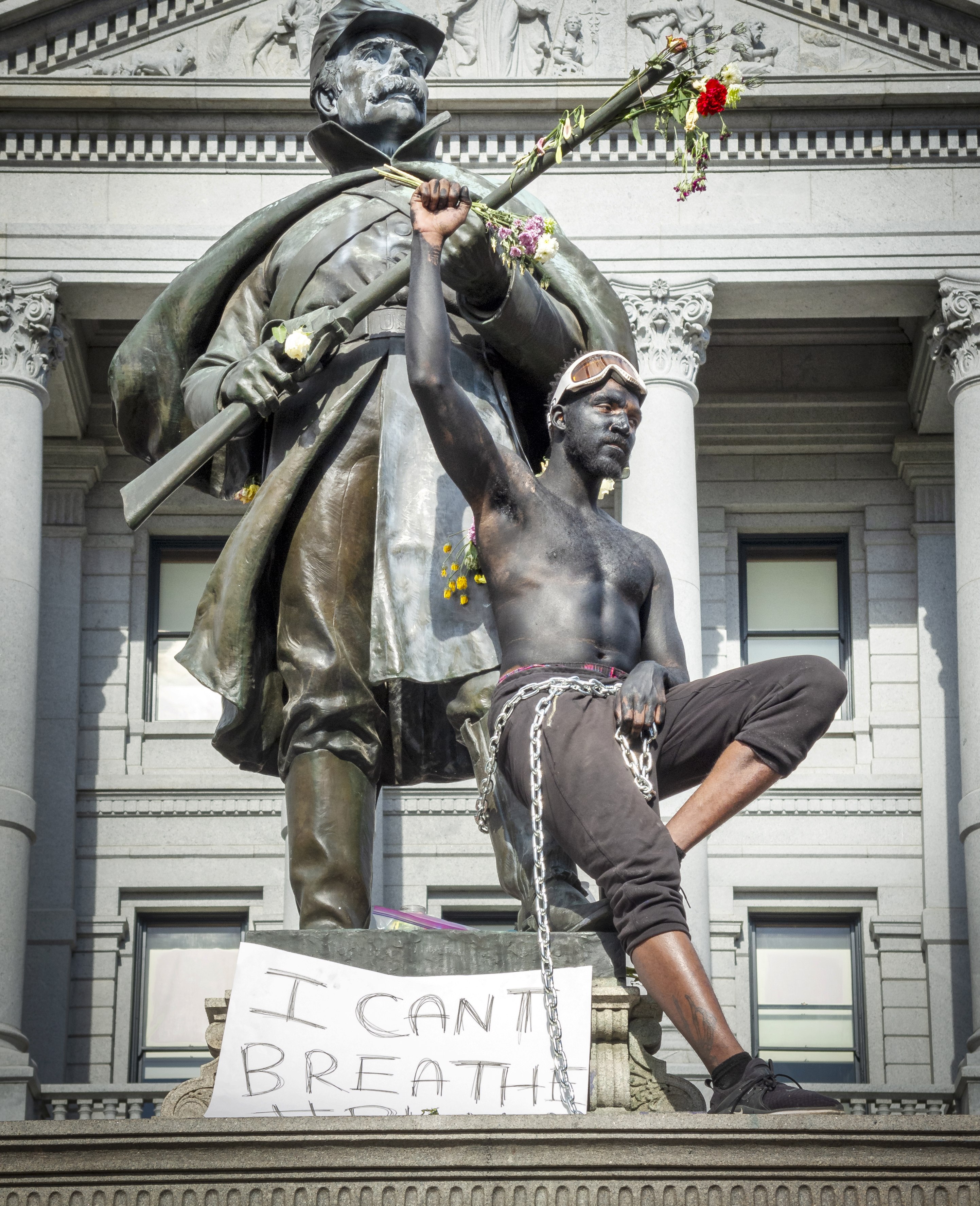
Story
The Good Old Days
Coloradans of 2020 seemed unaware of just how good they really had it. A time of relative peace and plenty, it’s a year that we look back on with a sense of longing and nostalgia given the War of Disunion and the myriad other woes that we’ve endured in the century since.
Editor’s Note: How will 2020 go down in history? In the Hindsight 20/20 project from The Colorado Magazine, twenty of today's most insightful historians and thought leaders imagine themselves in 2120, looking back on 2020 and sharing their visions of how that year will stand the test of time.
Like the American Civil War did for historians more than a century ago, the War of Disunion
(sometimes also referred to as the Wars of Reckoning) dominates the attention of scholars today. Tens of millions of North Americans dead, most major cities devastated, use of hijacked nuclear weapons rendering large swaths of territory uninhabitable, all culminating in the collapse of the United States into petty factions often pitted against one another by despotic powerhouses like China, Brazil, Franco-Germania, and Texas.
By the late 2020s, little recognizable remained of North America. People who had once considered themselves Americans were now shocked, desperate, and lost in a postapocalyptic wasteland. We eke out our existence in the ruins of that arrogant society. Granted, life for citizens in our Rocky Mountain People’s Empire tends better than for our neighbors, in part because of our comparative isolation. Nearly twenty thousand people live in and around our regnal seat at Boeberstos, twice the number of residents than a century ago when this dignified capital was the humble town of Craig, Colorado.

A protestor likened himself to a statue at the Colorado State Capitol while drawing attention to systemic social injustices during the widespread protests of 2020.
Pondering the War of Disunion demands attention not only to those atrocities, but also to the prewar atmosphere that made the nightmare all but inevitable. Let us look back to the delusional start of that disastrous decade. Judging from the scant electronic records that survive from the Second Antebellum Era, residents of the then–United States believed that the year 2020 was a collection of unprecedented miseries. If only they knew what awaited, how they would look back on 2020 as “the good old days.”
For forty years before, Americans had laid the foundation for their own destruction. Some scholars from the prewar era referred to their time as the Second Gilded Age, looking backward to the late nineteenth century and its similar woes. Granted, the first Gilded Age followed the Civil War while the so-called Second Gilded Age preceded one, the United States’ final war as it turned out. But both eras shared dubious characteristics, including institutionalized racism, vast economic inequity, corporate development without meaningful oversight, bitter political feuding, and environmental degradation. They barely knew the climate change that has subsumed lands and peoples around the world and inflicts wild weather upon us almost daily. The year 2020 also heralded the onset of Biden’s Disease—known then as coronavirus—which remains the second most common cause of death in North America after radiation poisoning.

Covid-19 ravaged an unprepared health care system as medical personnel and resources were stretched thin trying to manage an uncontrolled pandemic.
The people of 2020 had no idea how lucky they were to have lived in relative peace for so long, an echo of which our small community enjoys a century later. I know that my fellow RoMPEs join me in extending our eternal gratitude to our regnal family, and especially Her Late Grandness Lauren I, Our One Real Mother. Her ingenuity after the War of Disunion enabled our forebearers to survive. Thanks to her and her successors, the Rocky Mountain People’s Empire will remain free and strong…for as long as we can manage.
Supreme Adjunct Darren Q. Everest Shooters Imperial Academy September 15, 2120
More from the Hindsight 20/20 project in The Colorado Magazine
The Beginning of the End of the American Experiment In 2020, impeachment and a bitterly contested election tested the nation’s legal system. The checks and balances designed by the Founders frayed in the face of extreme partisanship, exposing the limits of Americans’ commitment to the rule of law.
2020: Year of Destiny Though Americans in 2020 felt the weight every day of a global pandemic, in the end they endured. What was harder to appreciate at the time was the pandemic's long-lasting impact on American politics—and democracy itself.
Saving the “Soul of the Nation” Since the day record numbers of Americans elected Joe Biden as their president, historians have been writing the record of the Trump Era and the fractures his presidency exposed—and how Americans charted a path forward.
